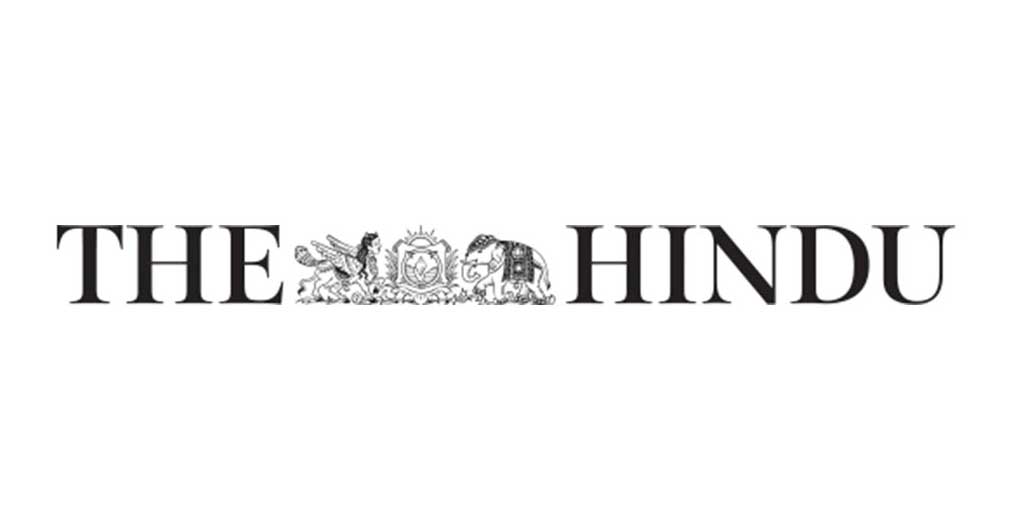Oleh Sanjay Shah
Kisah dari 'Idli Amma' dari Coimbatore sudah sangat terkenal. Selama 30 tahun, wanita tua yang rendah hati ini telah menggunakan tungku kayu bakar untuk memasak idlis bagi para pekerja harian yang miskin. Ia membuat idlis panas yang mengepul di sebuah toko kecil dan menjualnya dengan harga hanya 1 Rupee. Pada tahun 2019, kisah Idli Amma menjadi viral, dan seorang industrialis, Anand Mahindra, yang terpesona dengan sifat kewirausahaannya, berusaha membangun sebuah rumah sekaligus ruang kerja baru baginya dengan koneksi LPG. Idli Amma, yang memiliki nama asli Kamalathal, kini menjalankan sebuah bisnis yang layak, menginspirasi ribuan wanita di seluruh India untuk menjadi wirausaha. Ketika sebuah tujuan yang kuat dan komitmen jangka panjang digabungkan dengan sebuah keterampilan yang bernilai, dukungan akan datang dengan sendirinya.
Secara teoritis, hal ini seharusnya memudahkan pengusaha perempuan untuk mendapatkan dukungan karena mereka, lebih sering didorong oleh misi yang memiliki kekuatan untuk mengatasi berbagai rintangan.
Kabar baiknya adalah para pengusaha wanita menjadi berita utama. Falguni Nayar, yang membangun Nykaa, e-tailer kosmetik terbesar di India, baru-baru ini go public dengan IPO yang sangat sukses.
Setelah terdaftar, Nayar telah menjadi salah satu wanita mandiri terkaya di India, dengan kekayaan bersih sebesar $7,4 miliar. Nayar memulai bisnisnya pada usia 50 tahun tanpa pengalaman dan menunggu hampir satu dekade untuk menjadi legenda seperti sekarang. India telah menghasilkan beberapa pengusaha wanita terkemuka: Shahnaz Hussian dari Shahnaz Herbals, Vandana Luthra dari VLCC, Menaka Bhandary dari Blown, Kiran Mazumdar Shaw dari Biocon, Upasana Taku dari Mobikwik, Aditi Gupta dari Menstrupedia, Divya Gokulnath dari Byju's, dan Patricia Narayan, yang menjual irisan daging dan samosa di Pantai Marina, Chennai, dan kemudian menjadi direktur dari jaringan restoran Sandeepha.
Kabar buruknya adalah bahwa pengusaha wanita tidak muncul dengan cukup cepat. India berada di peringkat 70 dalam Indeks Kewirausahaan Wanita dari Global Entrepreneurship and Development Institute (dari 77 negara dalam indeks ini). Berikut ini adalah perspektif lain tentang posisi India dalam hal kewirausahaan wanita: Saat ini (2021), hanya 20 persen dari 63,3 juta usaha mikro, kecil dan menengah di India yang dimiliki oleh perempuan. Dari jumlah tersebut, 62 persen berada di daerah pedesaan 3 , menjalankan bisnis yang membuat produk susu, makanan ringan, acar, ekstrak daging buah, dll.
Sebagai perbandingan, menurut angka-angka dari Bank Dunia, satu dari tiga bisnis kecil, menengah dan besar di seluruh dunia dimiliki oleh wanita 4 . India masih memiliki jarak yang cukup jauh sebelum mencapai atau melampaui rata-rata dunia.
Tantangan yang dihadapi oleh para pengusaha wanita di India ada dua. Pertama, keuangan tidak mudah didapatkan oleh mereka. Tidak semua pengusaha dapat berharap untuk mendapatkan keuntungan dari kebaikan hati seorang Anand Mahindra. Ketika para pengusaha wanita mengajukan pinjaman, aplikasi mereka ditunda atau ditolak. Meskipun Perdana Menteri meluncurkan portal pinjaman 59 menit untuk memungkinkan akses kredit bagi UMKM pada tahun 2018, perempuan tidak memiliki agunan atau tidak memiliki pengetahuan yang memadai tentang skema-skema ini untuk memanfaatkannya. Selain itu, banyak UMKM milik perempuan yang tidak terdaftar, sehingga memaksa mereka menggunakan tabungan pribadi untuk mengembangkan atau mempertahankan bisnis mereka. Kedua, ada bias psikologis, budaya, dan gender yang menempatkan hambatan dalam bisnis. Sebagai contoh, sesuatu yang sederhana seperti menyewa ruang kantor sulit dilakukan oleh perempuan.
Faktor ketiga yang sering diabaikan namun perlu diperhatikan adalah ketersediaan bimbingan dan pendampingan. Ada kebutuhan mendesak untuk memastikan bahwa pengusaha perempuan memahami berbagai skema berbasis pemerintah yang ditujukan untuk UMKM dan memiliki akses ke keahlian di bidang-bidang seperti perencanaan bisnis, manajemen sumber daya manusia, urusan hukum, akuntansi dan perpajakan, teknologi, keterampilan negosiasi, dan pemasaran. Memiliki seorang mentor memberi perempuan peluang untuk mengakses jaringan industri yang lebih luas, mendapatkan visibilitas, dan menambah kepercayaan diri mereka untuk menjadi sukses. Terdapat bukti yang cukup untuk menunjukkan bahwa lokakarya formal, kamp pelatihan, dan program pelatihan untuk mempercepat kewirausahaan perempuan diperlukan, selain insentif dan dukungan pemerintah.
Para pengusaha wanita memegang kunci untuk menciptakan sekitar 150 hingga 170 juta pekerjaan di India pada tahun 2030. Mereka dapat meningkatkan persentase perempuan dalam angkatan kerja India, yang secara positif dan substansial berdampak pada PDB. Dan ada faktor tak terlihat yang terkait dengan kewirausahaan wanita yang tidak dapat diukur atau dikuantifikasi: Mereka menunjukkan kolaborasi, kreativitas dan empati yang lebih baik. Ini adalah kualitas-kualitas yang meningkatkan lingkungan bisnis dan pekerjaan di seluruh negeri.
Idli Amma dan Falguni Nayar mewakili seluruh spektrum pengusaha wanita di India, dan potensi yang dimiliki oleh para wanita untuk memberikan dampak pada masyarakat di setiap tingkatan. Mereka adalah panutan yang dapat menggerakkan sejuta mimpi kewirausahaan. Tanggung jawab untuk mempercepat pencapaian mimpi-mimpi ini berada di pundak pemerintah dan ekosistem bisnis dan investor.
Sumber: Times of India




